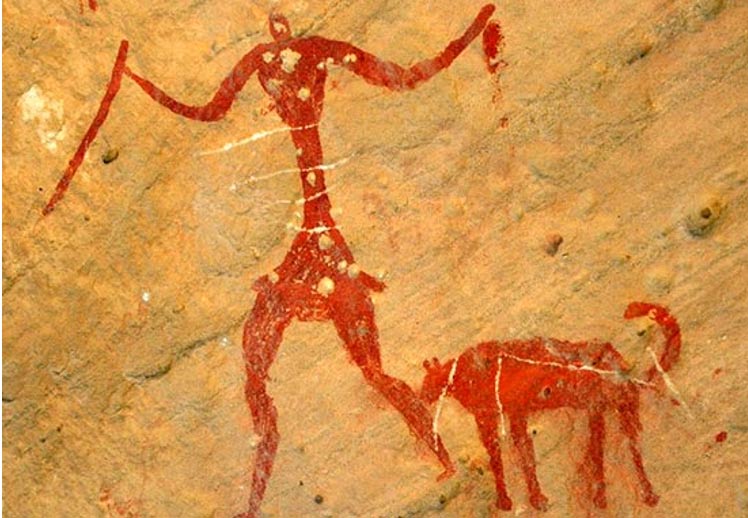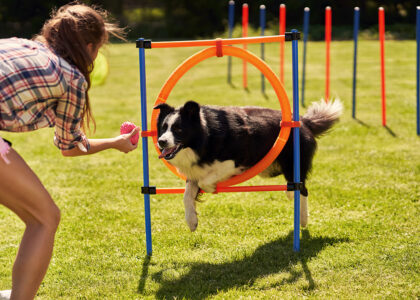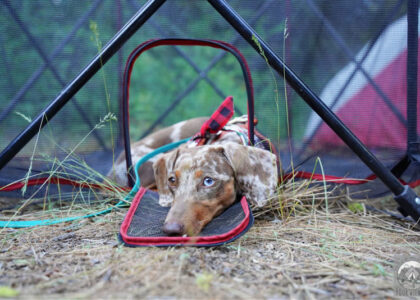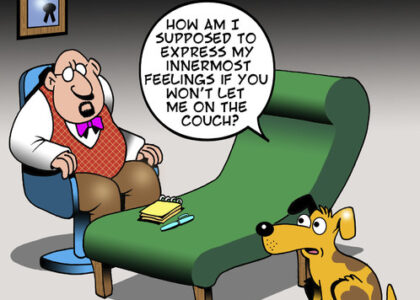Few relationships in human history are as enduring, fascinating, and downright heartwarming as the bond between humans and dogs. This partnership, spanning tens of thousands of years, has evolved from survival-based cooperation to a deep companionship that touches nearly every aspect of human life. Grab a leash, toss a ball, and settle in for a romp through the history of man’s best friend.
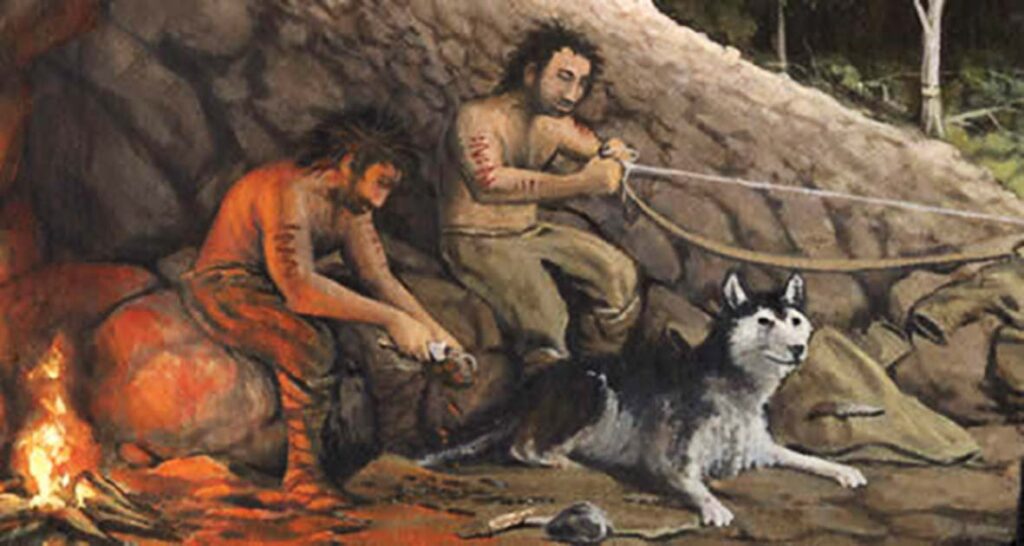
The Origins: Wolves and the Dawn of Domestication
Our story begins over 20,000 years ago during the Ice Age. Imagine a world where humans huddled around fires to survive harsh winters, and wolves prowled the edges of campsites, scavenging leftovers. This uneasy coexistence eventually sparked an unlikely partnership. Researchers theorize that less aggressive wolves, willing to linger closer to human groups, began a mutual exchange: humans provided food scraps, and wolves offered protection and hunting assistance.
Fast-forward several millennia, and these cooperative wolves gradually transformed. Selective breeding favored traits such as tameness, sociability, and reduced aggression. These early dogs helped early humans track prey, guard settlements, and even served as pack animals.
Science Break: How Genetics Shaped the Modern Dog
In the genetic stew of domestication, a handful of changes reshaped wolves into dogs. A crucial factor? The amylase gene, which allows dogs to digest starch more effectively than wolves. This adaptation mirrored the agricultural revolution, aligning dogs’ evolution with humans’ shift to farming.
For more on this fascinating intersection of genetics and history, check out “Dog Sense: How the New Science of Dog Behavior Can Make You a Better Friend to Your Pet” by John Bradshaw.

Ancient Companions: Dogs in Early Civilizations
By 14,000 years ago, dogs were fully integrated into human societies. Archaeological evidence from ancient burial sites shows just how revered they were. In Bonn-Oberkassel, Germany, a 14,000-year-old double burial includes a puppy buried alongside humans. The care given to this pup suggests an emotional connection akin to modern pet ownership.

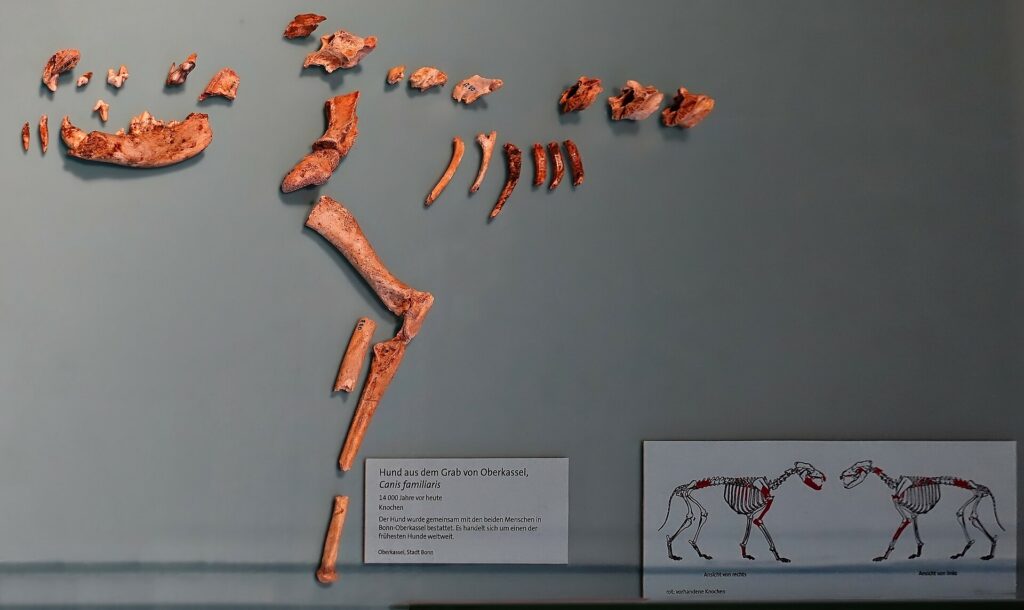
- Mesopotamia: Dogs featured prominently in Mesopotamian culture. Ancient Sumerians considered them protectors and healers, as evidenced by clay tablets praising their loyalty.
- Ancient Egypt: Egyptians revered dogs both as pets and spiritual symbols. The god Anubis, with his jackal-like head, was associated with protection and the afterlife. Wealthy Egyptians often commissioned elaborate tombs for their cherished dogs.
- India and Hindu Traditions: In Hinduism, dogs are revered as the gatekeepers of heaven and are associated with Bhairava, a manifestation of Shiva. On the festival of Kukur Tihar in Nepal, dogs are honored with garlands, tika (a ceremonial mark), and special treats.
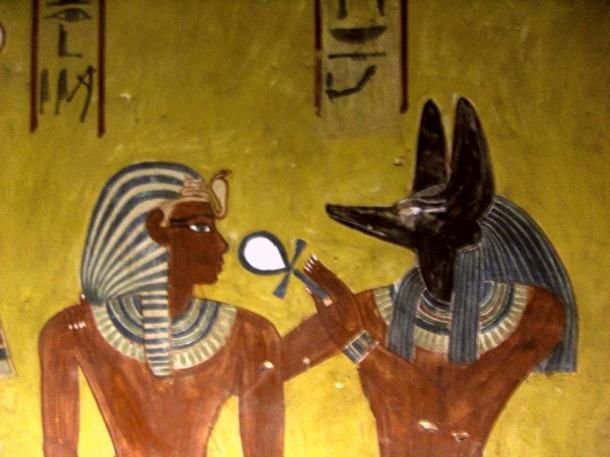
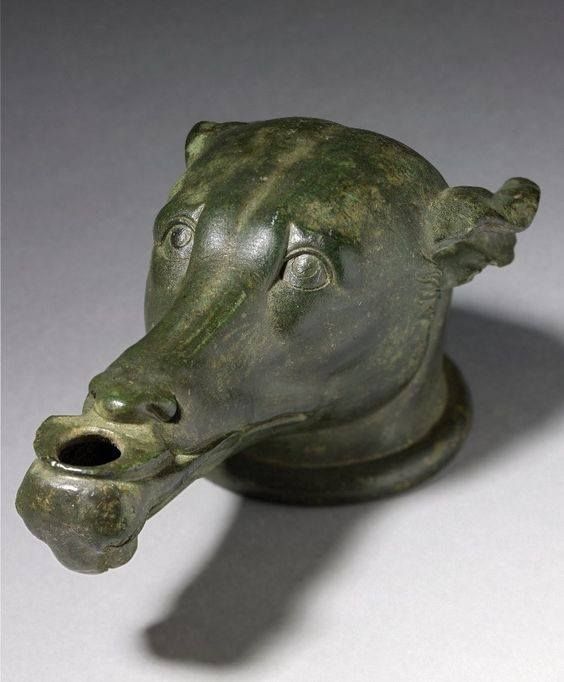
Cave Canem: Dogs in Pompeii
One of the most iconic representations of dogs in ancient history comes from Pompeii, the Roman city famously preserved by the eruption of Mount Vesuvius in 79 CE. In this city, archaeologists uncovered a remarkable mosaic featuring the words “Cave Canem,” meaning “Beware of the Dog.” This intricate artwork depicts a black dog on a leash, symbolizing its role as a guardian of the home.
The “Cave Canem” mosaics were not merely warnings but also reflections of the Roman appreciation for dogs. These loyal companions were highly valued as protectors, hunters, and symbols of fidelity. Wealthy Romans often kept dogs to guard their estates, and mosaics like this one adorned the entrances of homes to signal the presence of a vigilant canine.
The Pompeii “Cave Canem” mosaic, now housed in the National Archaeological Museum of Naples, stands as a testament to the ancient bond between humans and dogs and their integral role in daily Roman life.
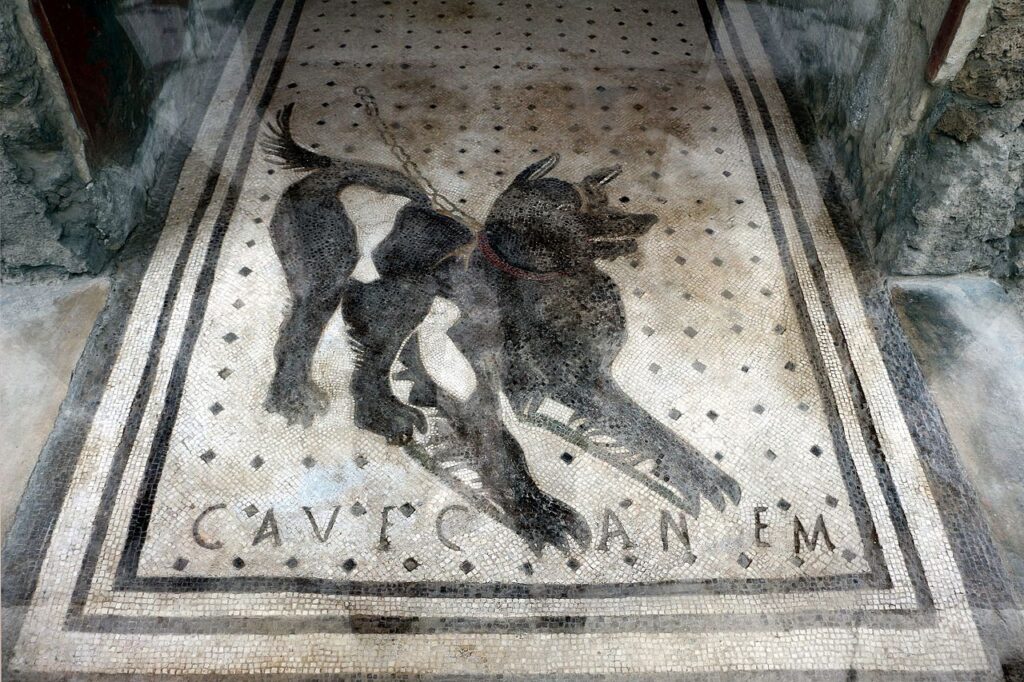
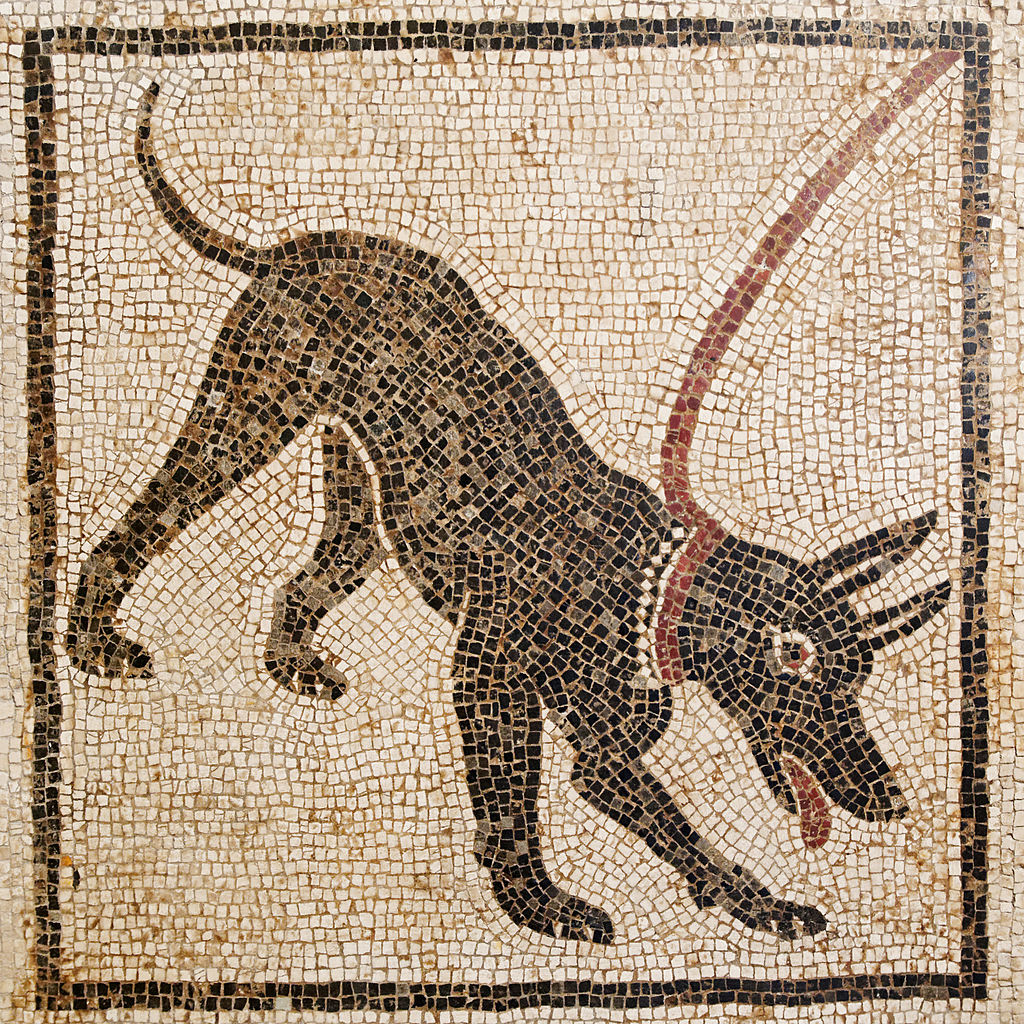
The Middle Ages: Dogs as Status Symbols
During medieval times, dogs’ roles expanded further. Nobility bred specific types of dogs to reflect their wealth and status. Greyhounds, for instance, were reserved for aristocracy in many European societies, symbolizing grace and nobility.
Dogs also played practical roles in peasant communities. They guarded homes, helped hunt small game, and even acted as living heat sources “three-dog nights” referred to the number of dogs needed to keep warm during a freezing night.
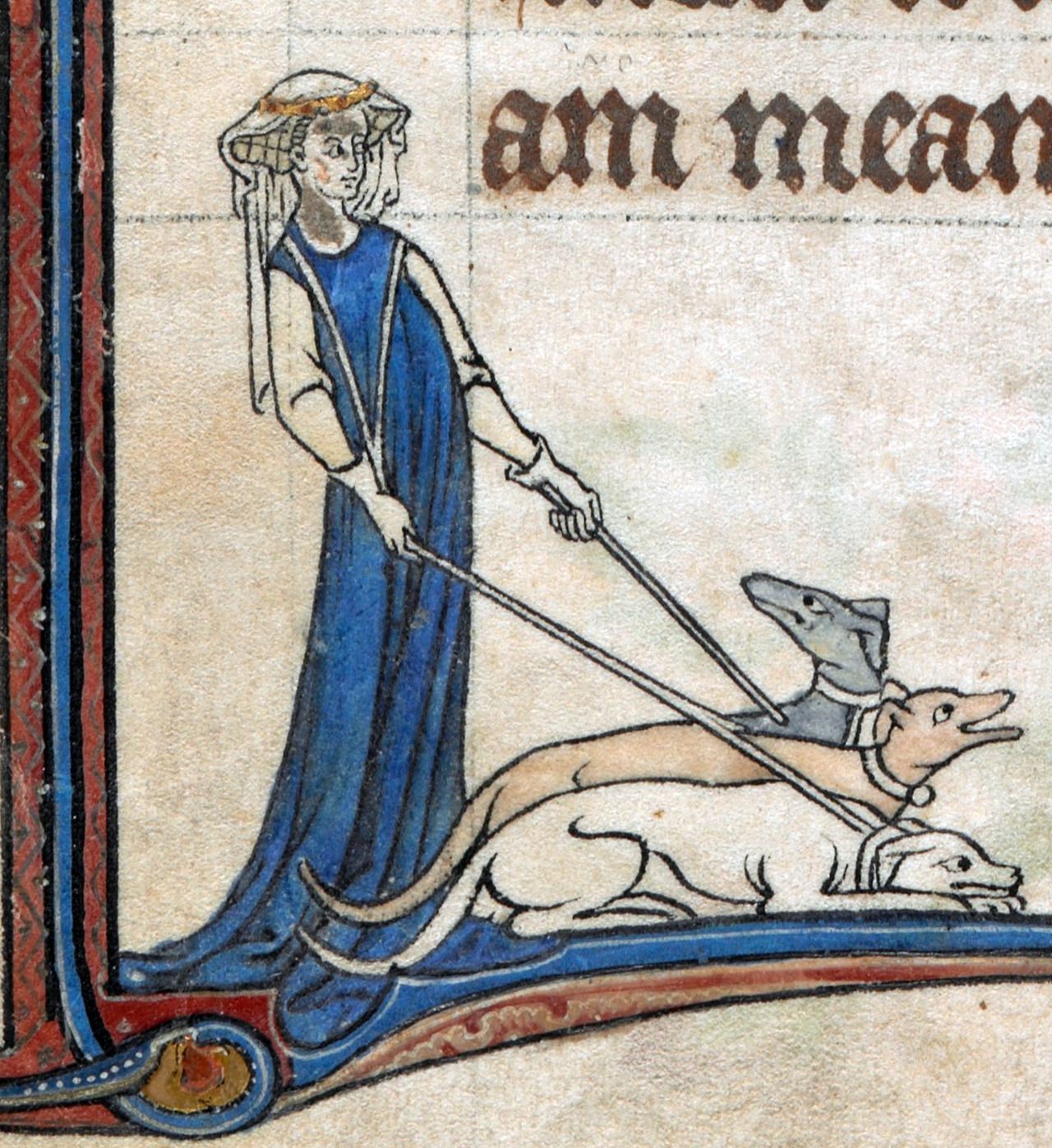
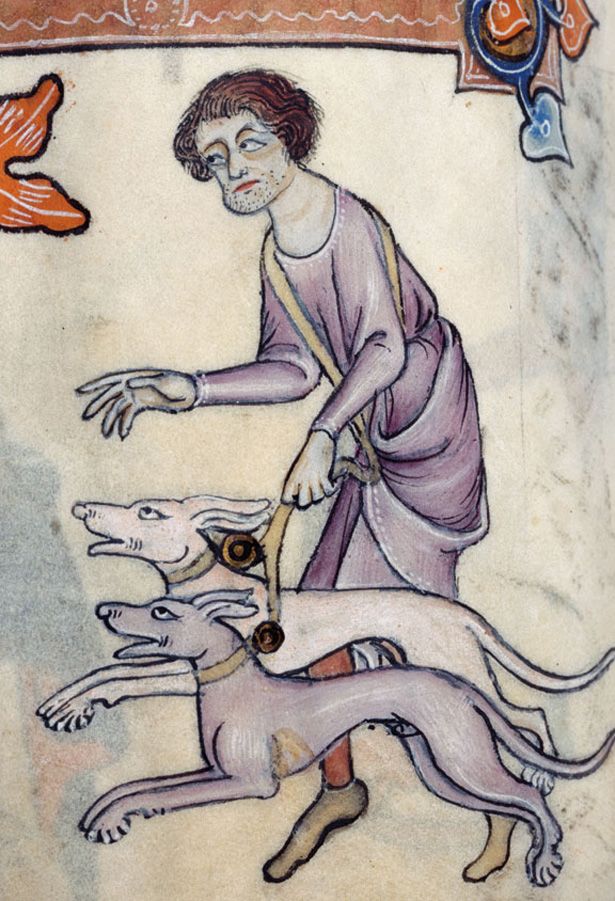
The Age of Exploration: Dogs on the High Seas
When explorers set sail for uncharted territories, dogs were often among their crew. Sailors valued them for hunting and pest control aboard ships. Historical accounts even suggest that dogs accompanied Christopher Columbus and Hernán Cortés on their expeditions.
Back on land, indigenous communities worldwide already had established relationships with native dog breeds. In the Americas, breeds like the Xoloitzcuintli (Mexican Hairless Dog) held cultural and spiritual importance long before European contact.
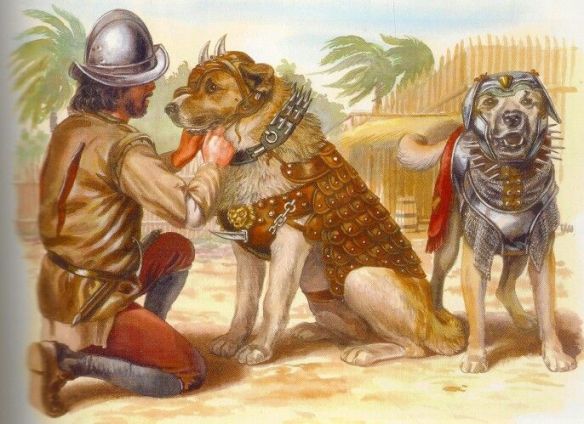
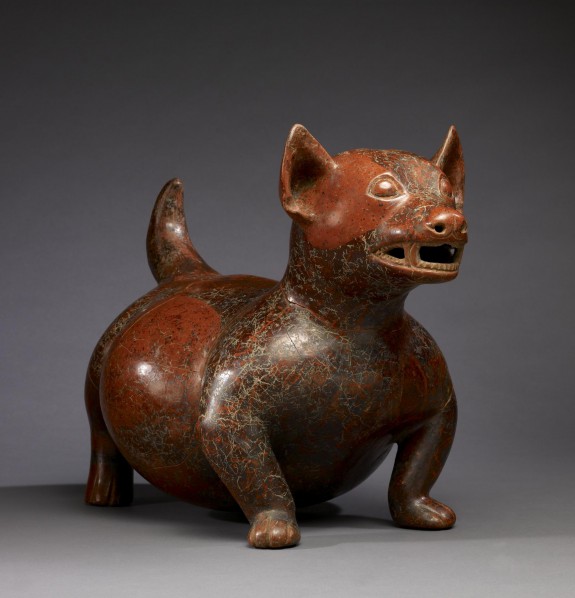
Myths and Legends: Dogs in Folklore
Throughout history, dogs have been central to many myths and legends:
- Cerberus: In Greek mythology, Cerberus is the three-headed dog that guards the gates of the Underworld, ensuring the dead do not escape.
- The Hounds of Annwn: Welsh mythology speaks of ghostly white dogs with red ears, associated with the Underworld and the Wild Hunt.
- Japanese Inu Spirits: In Japanese folklore, dogs are seen as protectors against evil spirits, with tales of Shiba Inus guarding villages from supernatural threats.
These stories underscore the cultural significance and mystical attributes humans have long ascribed to dogs.
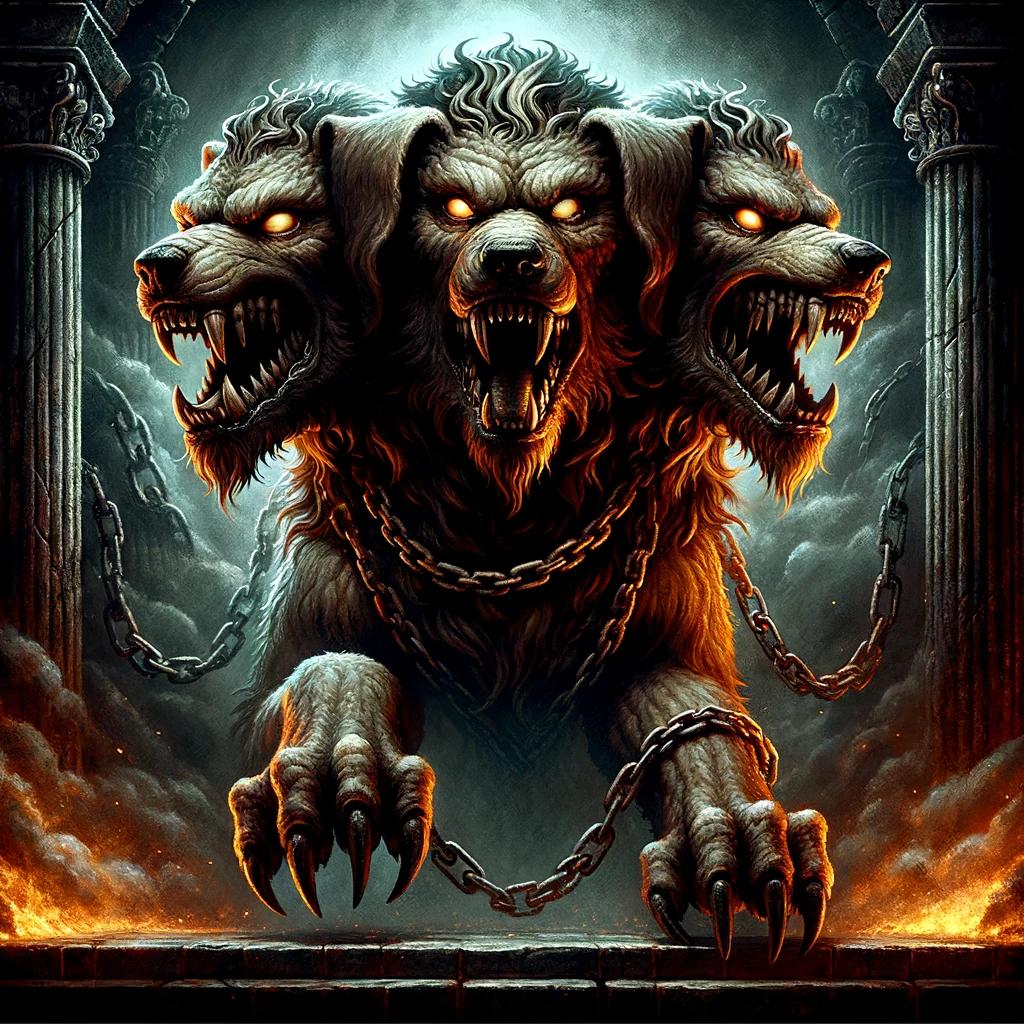
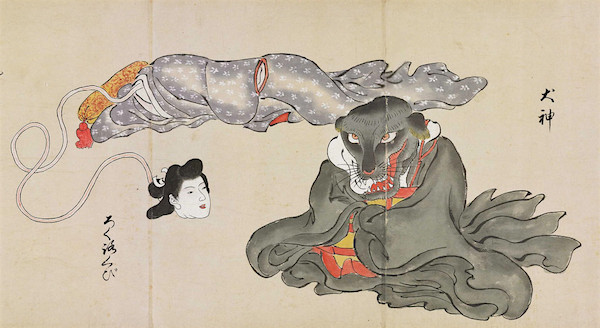
The Victorian Era: The Birth of Modern Breeds
The 19th century marked a turning point for dog breeds. Queen Victoria’s love for dogs, particularly her Pomeranians, sparked a craze for purebred pets. The establishment of kennel clubs and dog shows further cemented the importance of pedigree. Breeds like the Golden Retriever and Dachshund became standardized during this time.
However, this obsession with breeding also led to challenges. Overbreeding for appearance sometimes prioritized aesthetics over health, a concern that persists today. For insights on breed history and health, “Dogs: A Startling New Understanding of Canine Origin, Behavior, and Evolution” by Coppinger & Coppinger is a must-read.
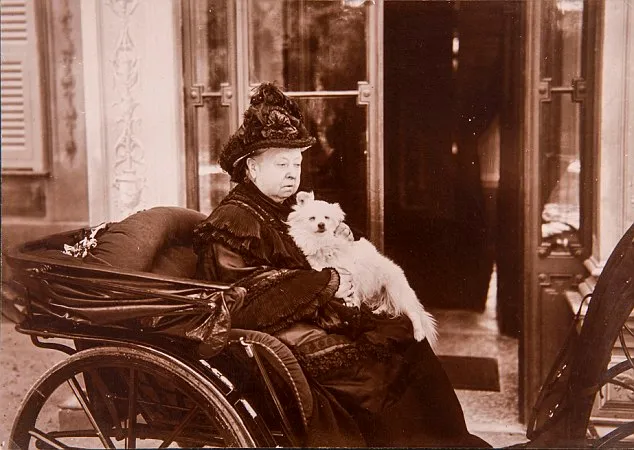
Dogs in War: Heroes on Four Legs
From ancient battlefields to modern conflicts, dogs have served as warriors, messengers, and morale boosters. During World War I and II, dogs like the famous Stubby and Smoky saved lives by detecting mines, delivering messages, and providing comfort to soldiers.
Military working dogs continue to play critical roles today, from bomb detection to search-and-rescue missions. If you’re curious about their incredible stories, “Sergeant Stubby: How a Dog Saved Soldiers in World War I” by Ann Bausum offers an inspiring read available on Amazon.
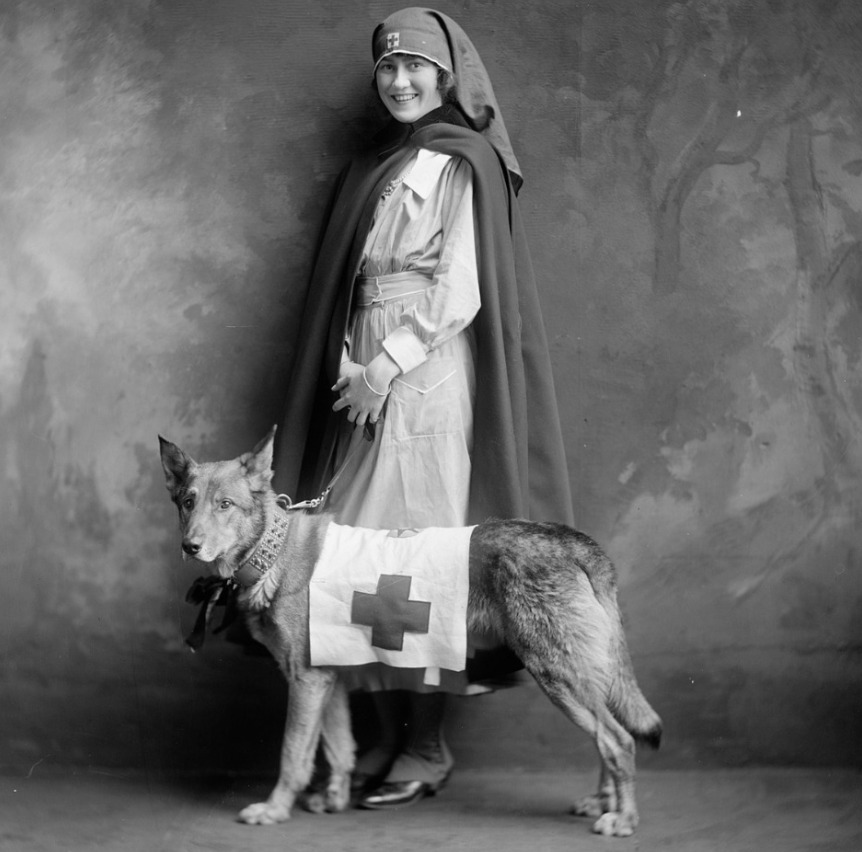
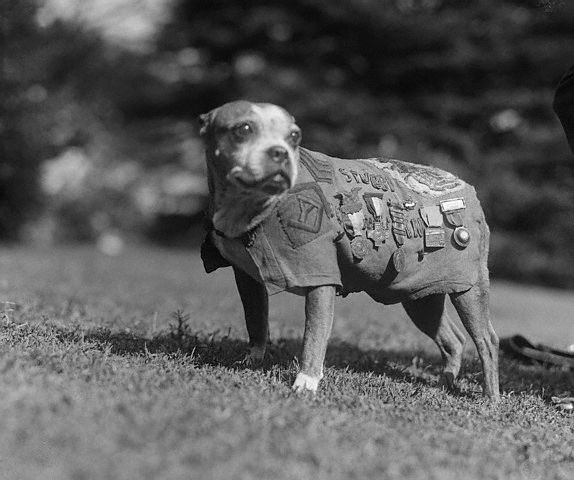
Dogs in the Modern Era: From Work to Worship
Today, dogs are more than just pets; they’re family. They’ve become therapy animals, Instagram stars, and even co-workers in fields like law enforcement and medicine. The rise of specialized roles—like guide dogs for the visually impaired and emotional support animals—underscores their versatility and empathy.
- Cultural Phenomena: Films like Lassie and Old Yeller immortalized dogs as symbols of loyalty and courage. Meanwhile, social media has turned dogs like Boo the Pomeranian into global icons.
- Health Benefits: Science has caught up with what dog lovers always knew: owning a dog reduces stress, lowers blood pressure, and combats loneliness. No wonder dogs are often described as four-legged therapists!
For modern insights, consider reading “Inside of a Dog: What Dogs See, Smell, and Know” by Alexandra Horowitz
The Future: What’s Next for Man’s Best Friend?
As technology advances, so does our understanding of dogs. From AI-driven pet gadgets to genetic testing kits like Embark, the future promises even deeper insights into the canine-human bond. Meanwhile, ongoing efforts to improve breed health and tackle issues like puppy mills highlight our responsibility as stewards of this ancient relationship.
Conclusion
From wolfish beginnings to their modern role as cherished companions, dogs have walked alongside humans through the ages. They’ve hunted, guarded, comforted, and entertained us. Most importantly, they’ve taught us the true meaning of loyalty, love, and living in the moment.

